The right nutrition is essential to keep horses happy and healthy and good nutrition revolves…
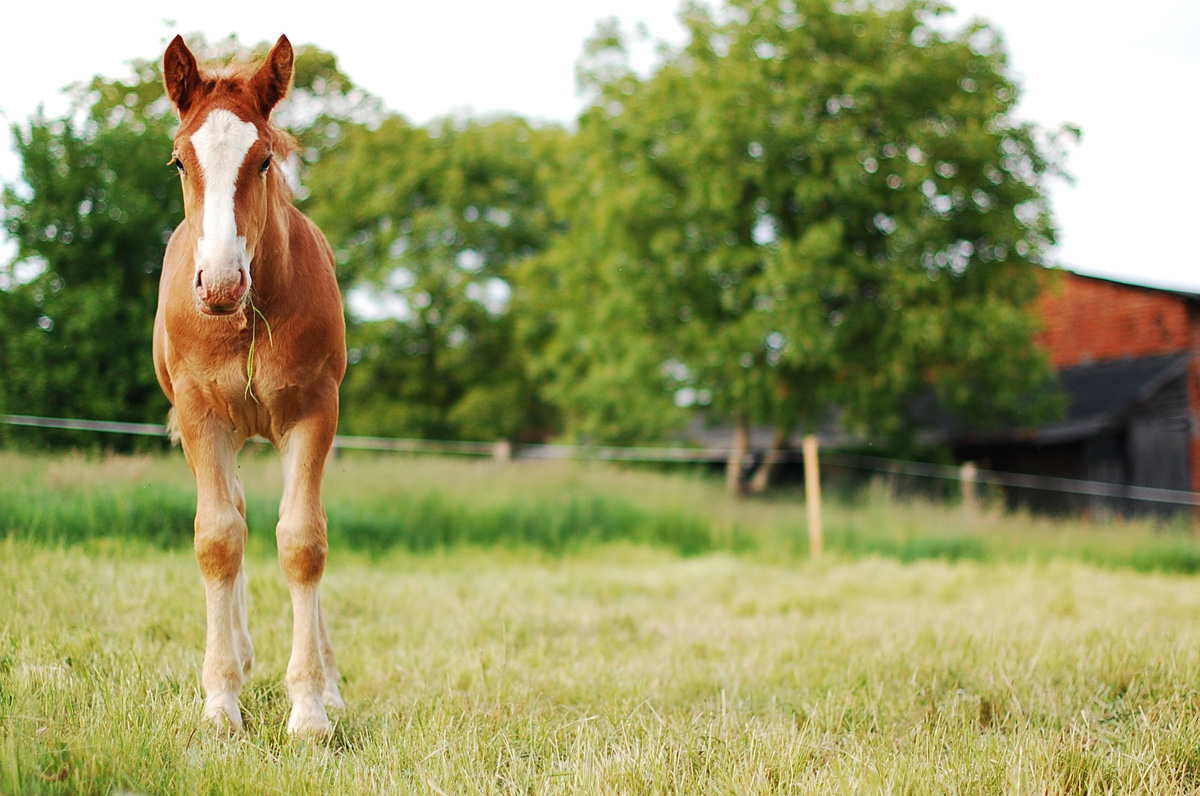
Feeding the Weanling – getting the right start!
Whether you are a one mare owner or run a large stud, you will want to give your foal the best possible start in life and weaning is a key part of that. Weaning can be a stressful experience for a foal, but with the right care and nutrition you can help minimise this stress and maximise their future development. Follow these essential guidelines to help provide the right diet and nutrition for your weanling, for optimum growth and condition.
Preparation is key!
Weaning is a time of major transition in a foal’s life, which normally occurs at around 6 months of age, so to make this transition as easy and stress free as possible, forward thinking and preparation are crucial. Introducing smaller amounts of what will be your foal’s post weaning diet about a month or two before weaning and gradually increasing to reach a nourishing intake is beneficial in two ways. Firstly, it enables gut microbes time to adjust and minimise the chances of digestive upset and secondly it helps meet the foals nutritional needs to reduce the chance of drop in condition when the milk supply is removed.
Additionally, feeding your foal yeast based prebiotics prior to weaning can be beneficial because they are proven to support hind gut microbes. Ideally, they should be fed up to, during and just after the weaning process, so look for feeds containing them to help make this important transition as smooth as possible.
Provide Good-Quality Protein
Bones are 20% protein and it is also a key constituent of muscles, so to fully support bone and muscle growth and development, weanlings need a supply of good-quality protein in their diet. Essentially, the protein should contain optimum levels of the essential amino acids lysine, threonine and methionine, all of which are very important for growth. Research has shown that foals deficient in lysine have much slower growth rates than those fed a diet with optimum lysine levels. Look for feeds containing good levels of peas, linseed and soya, all of which contain an excellent amino acid profile including lysine, threonine and methionine for optimum growth and development.
Supply the right energy
Foals generally reach about 50% of their adult height within the first 6 months of life and between 6 months to a year they should ideally reach 90% of their adult height. Weanlings need to maintain a slow and steady growth rate, so it’s important to feed the right energy sources to support this.
Your weanling should have access to ad-lib forage to help keep their digestive tract healthy and supply an ideal source of energy for steady growth. If your foal is weaned during summer and has access to good grazing, then the grass should supply all the energy they need. If weaning occurs in the autumn or winter, then good-quality forage like haylage, for example, which is generally softer and easier digested, is ideal to support growth and condition.
If your weanling needs additional calories to maintain growth and condition, sources of highly digestible, soluble fibres such as beet pulp and soya hulls are ideal to provide them, along with some sources of oil like linseed and soya. These will provide the right type of energy to support controlled and steady growth and will reduce the chance of developmental disorders which can arise from feeding excess starch and sugar from high levels of cereals.
Provide the correct micronutrients
Vitamins and minerals have hundreds of vital roles within the horse’s body, so the correct levels of micronutrients are always essential. Vitamins A, D and E and the key minerals of calcium, phosphorus, copper, zinc, manganese, iodine and selenium are all important for optimum growth and development. These can be provided through feeding a high-specification, nutritious balancer or through the recommended levels of a fully fortified stud feed, if your weanling needs more energy to sustain growth and condition.
Monitor growth and condition regularly
Monitoring your weanlings’ growth by regular weight taping and plotting the rate of growth on a graph can help you to assess any potential problems. Youngsters that are growing rapidly will produce an upright curve which is an indication of too many calories and those that are growing slowly will show a flatter curve. These observations will allow you to make the necessary adjustments to get a steadier growth curve.
Muscle scoring is a useful tool, as it looks at muscling over the back and as such, helps assess how well the youngsters’ protein requirements are being met. You can then adjust the protein supply if necessary, for optimal muscle development and integrity.
Regular use of a Body Condition Scoring chart (BCS) is also useful to help refine the diet as necessary to maintain a steady rate of growth for optimal health and development.
If you have any questions about how to create the best diet for your weanling, or any other horse, you can contact our nutrition team at theteam@wordpress-388828-2624579.cloudwaysapps.com or call 01497 570345.
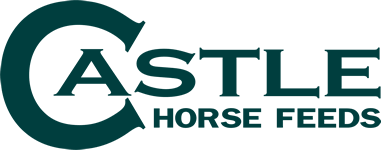
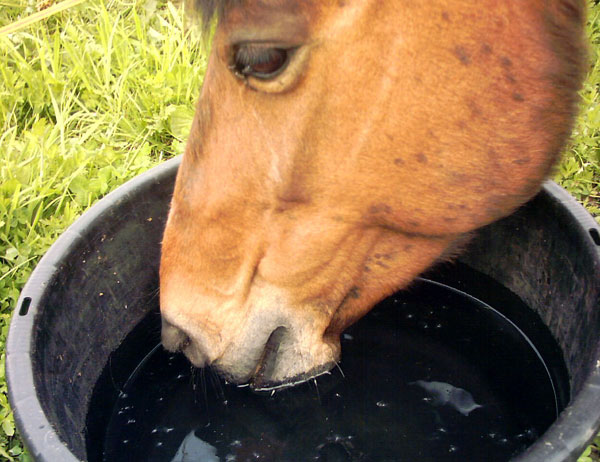
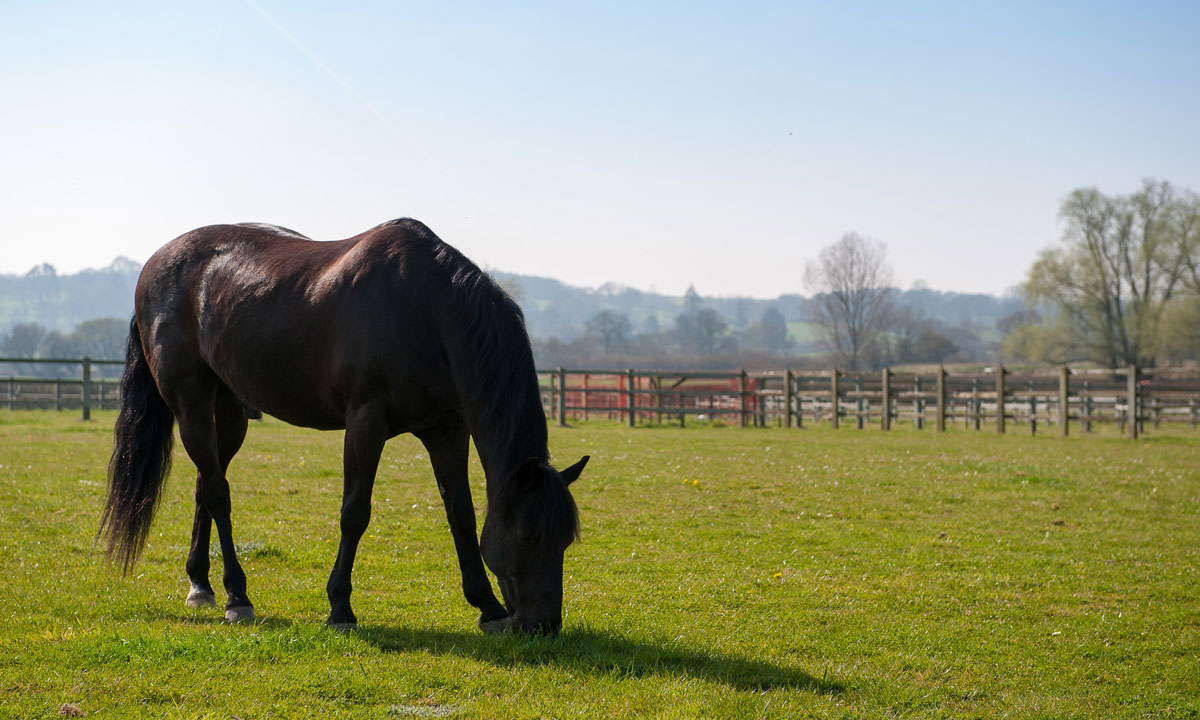
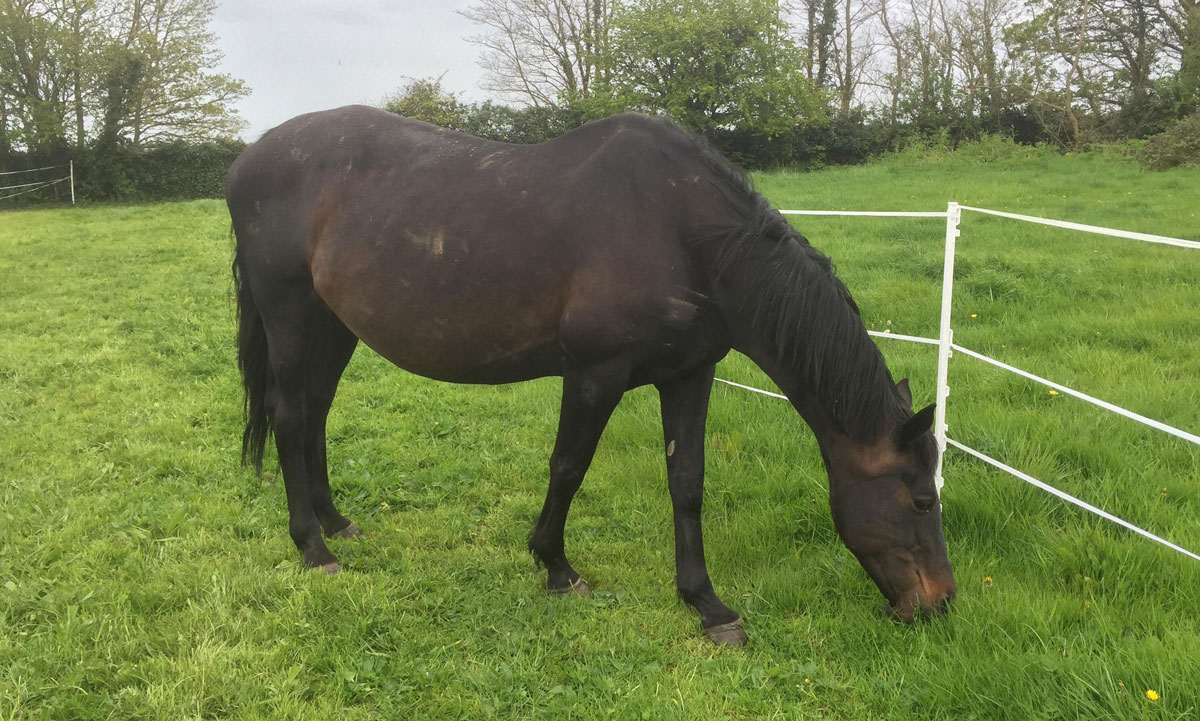
This Post Has 0 Comments